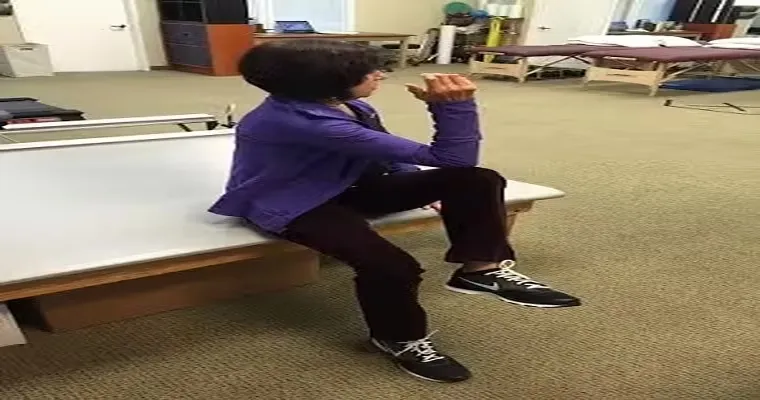As people age, the risk of "osteoporosis" significantly increases, making it crucial to adopt preventive measures. One of the most effective methods to combat this condition is through regular "exercise". Engaging in physical activity not only strengthens bones but also enhances overall health, helping the elderly maintain their independence and quality of life. In this article, we will explore how exercise plays a vital role in preventing osteoporosis in older adults.
Osteoporosis is a condition characterized by weakened bones, leading to an increased risk of fractures and breaks. This disease often goes unnoticed until a fracture occurs, making it essential for the elderly to take proactive steps to strengthen their bones. Regular exercise can be a game-changer in this regard.
Weight-bearing exercises, such as walking, jogging, and dancing, are particularly beneficial for bone health. These activities force the bones to work against gravity, stimulating bone formation and increasing bone density. For elderly individuals, engaging in low-impact exercises like walking is a safe and effective way to reap these benefits without putting undue stress on their bodies.
In addition to weight-bearing exercises, strength training is crucial for preventing osteoporosis. Lifting weights or using resistance bands can help build muscle mass and improve balance. Stronger muscles support the bones and reduce the risk of falls, which are a significant concern for the elderly. Incorporating strength training into a weekly routine can lead to healthier bones and a decreased likelihood of fractures.
Balance and flexibility exercises, such as yoga and tai chi, are also important components of an effective exercise regimen for older adults. These practices not only improve coordination and stability but also promote overall well-being. By enhancing balance, individuals can reduce their risk of falls, which are often associated with osteoporosis-related injuries.
It is essential for elderly individuals to consult with healthcare professionals before starting any new exercise program. Tailoring an exercise plan to fit individual health conditions and fitness levels can help ensure safety and effectiveness.
In conclusion, regular "exercise" is a powerful tool for preventing "osteoporosis" in the elderly. By incorporating weight-bearing, strength training, and balance exercises into their daily routines, older adults can significantly improve their bone health and overall quality of life. Emphasizing the importance of physical activity in the fight against osteoporosis can empower the elderly to take charge of their health and maintain their independence for years to come.





